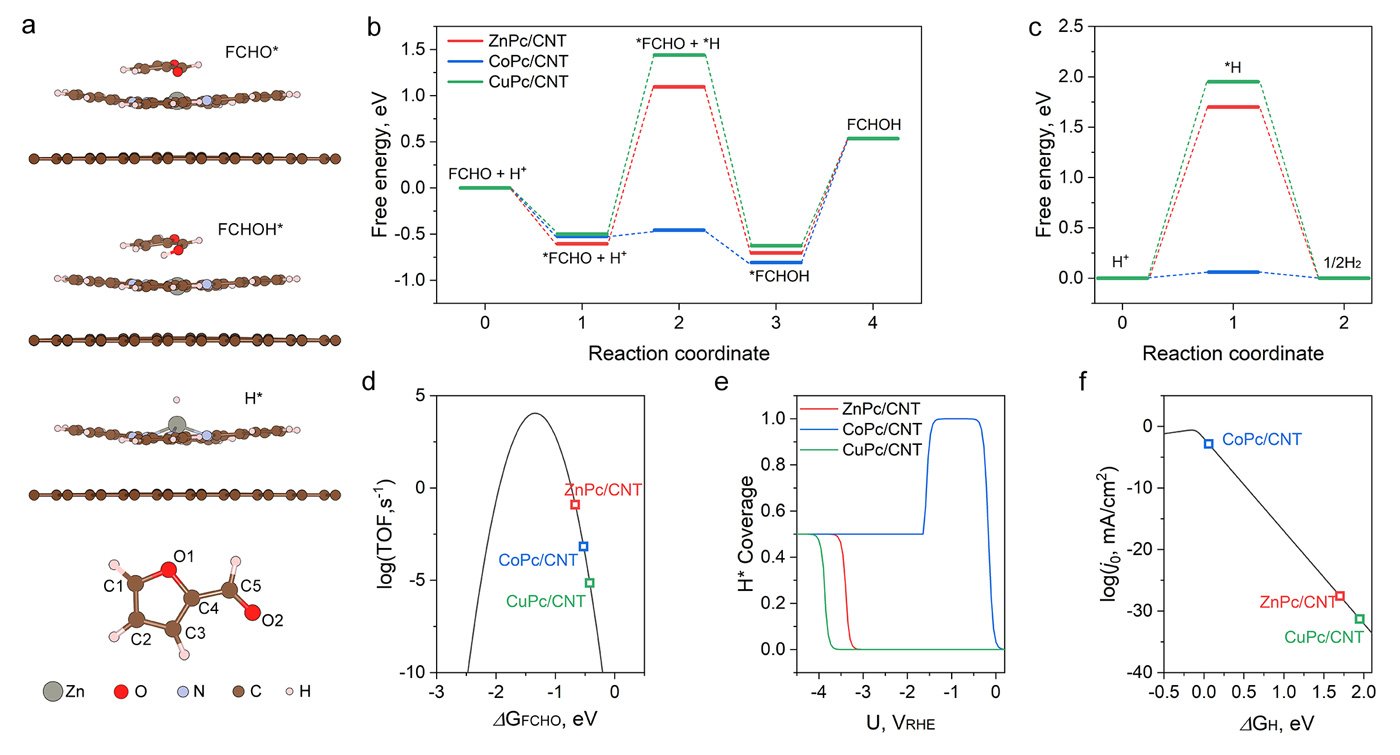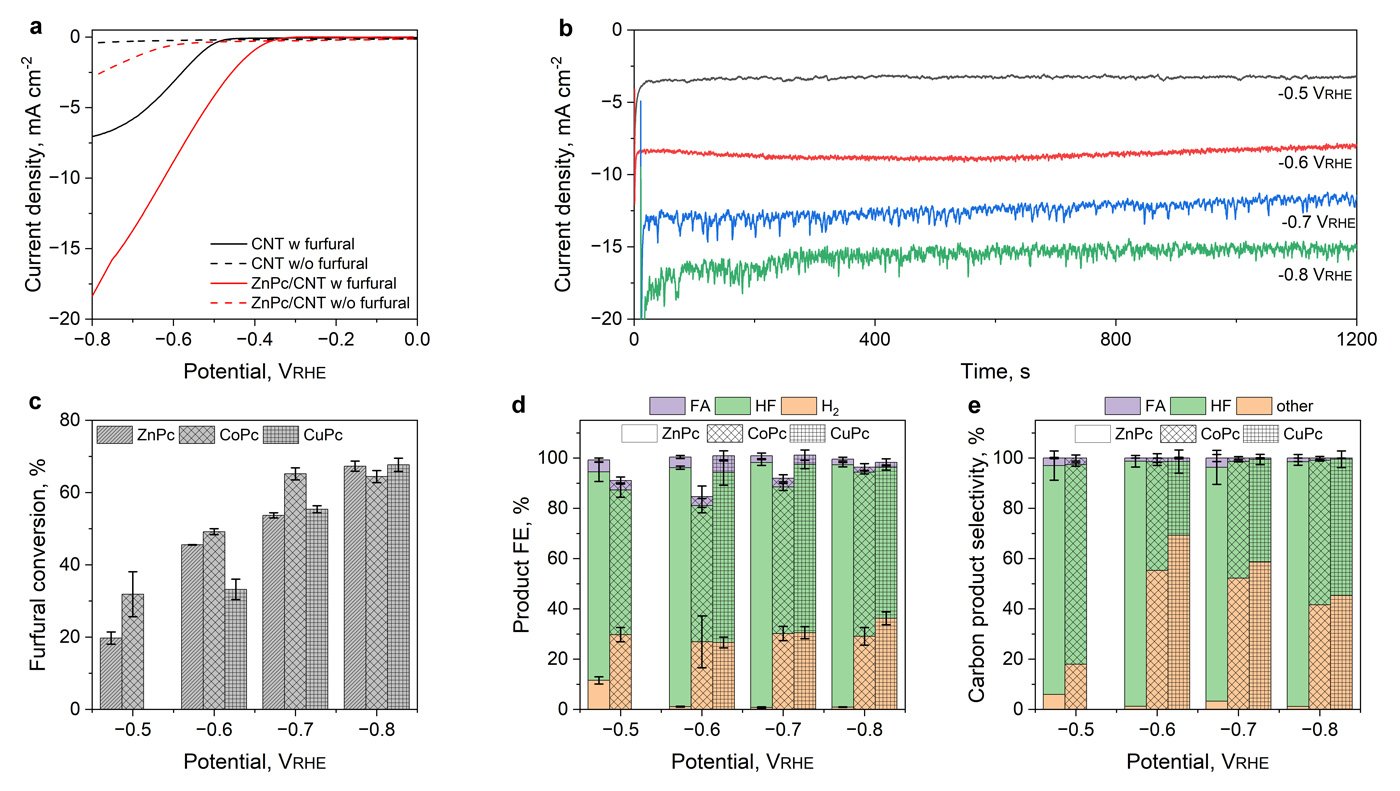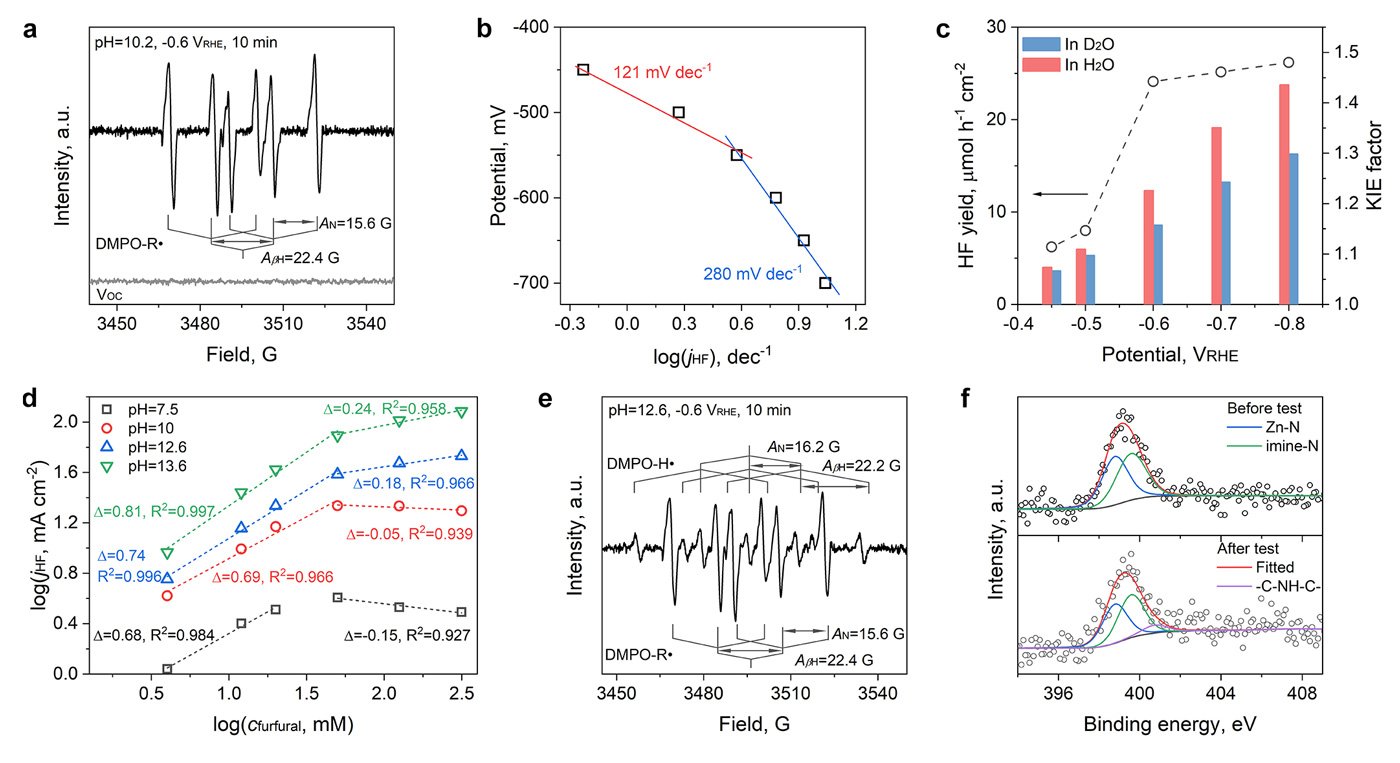Researchers at Tohoku University have come one step closer to finding a sustainable solution that could help us rely less on fossil fuels. Their research shows that when a zinc (Zn) single-atom catalyst is part of an electrochemical reaction called the furfural reduction reaction (FRR), it can selectively produce a precursor to aviation fuels. Their findings highlight an efficient method that uses an abundant, renewable biomass to ultimately create environmentally-friendly fuels.
The FRR can create hydrofuroin, which has been a point of interest in recent research due to its versatility and ability to form key components of aviation fuels. However, while it may be easy to use, it's not as easy to produce.
"You need just the right conditions to produce hydrofuroin," remarks Professor Hao Li (Advanced Institute for Materials Research (WPI-AIMR)), "An efficient catalyst, as well as the right pH level, ion concentration and operation potential are crucial. Furthermore, there are a lot of possible reactions that cause environmental and safety concerns."

Since the entire point is converting a readily available biomass to produce fuels in a way that's kind to the environment, harmful byproducts defeat the purpose. Seeing the need for a greener reaction process, researchers at Tohoku University's WPI-AIMR investigated how they could make this a reality.
The FRR was chosen, as it can run on renewable energy (as opposed to fossil fuels) and water (as opposed to hydrogen gas). After careful theoretical thermodynamic calculations and microkinetic modeling analysis, they determined that a single-atom active site on Zn would be ideal - allowing for the selective hydrogenation for furfural without other unwanted reactions.
They tested this in the lab, finding that a catalyst made by depositing zinc phthalocyanine on purified multi-walled carbon nanotubes was highly efficient (HF faradaic efficiency over 95%). This efficiency was maintained under a wide potential window. Some key points for achieving this success were carefully balancing the furfural and electrolyte concentrations.

"Our results reveal an exciting way to help take action against climate change," says Li.
The findings were published in EES Catalysis on June 23, 2025.

- Publication Details:
Title: Furfural electrovalorisation to hydrofuroin with near-unity faradaic efficiency on a single-atom zinc catalyst
Authors: Jiaxiang Chen, Songbo Ye, Fangxin She, Xin Yang, Fangzhou Liu, Zixun Yu, Zhi Zheng, Ming Hong, Qiang Wang, Yuan Chen, Hao Li and Li Wei
Journal: EES Catalysis






